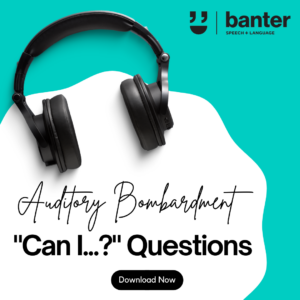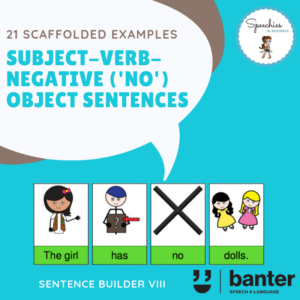A significant number of bi-linguals in English-speaking countries speak Korean as their first language. In the US, over 2 million people speak Korean as their first language. In Australia’s last census, in 2011, almost 75,000 Australian residents and citizens were recorded as having been born in the Republic of (South) Korea – representing an increase of more than 40% since the 2006 Census. More than 55% of those people live in New South Wales.
- Prosody (stress and pitch): Korean is a syllable-timed language.
- Each syllable in the Korean language is distinctly produced, with equal stress. By contrast, English is a stress-timed language.
- Like English and Japanese, and unlike standard Chinese, Korean is not a tonal language.
- Some researchers think that Korean has less variation in pitch and stress than English.
- English spoken by Korean native speakers can sometimes be perceived by native English speakers as monotone and monoloud.
- Vowels:
- Korean has 10 vowels, 2 semi-vowels and 11 diphthongs.
- In standard production, all Korean vowels are voiced and non-nasal like English vowels, although they may be produced nasally if preceded or followed by a nasal sound.
- Korean speakers may have difficulty perceiving and producing vowels in the same way as native English speakers (e.g. Ingram & Park, 1997).
- There are at least 7 vowels in English that do not exist in Korean: /I/ (as in “bit”), /ae/ (as in “apple”), the “u” sound as in “put”, the “or” sound (as in “for”, “author” and “gnaw”), the /aI/ diphthong (as in “like”), the “or-I” diphthong (as in “boy” or “oil”), and the “au” diphthong (as in “cow” or “allow”).
- Particular common issues include understanding and producing the differences between:
- the long “ee” sound (/i/) as in “beet” and the short “i” sound (/I/) as in “bit”;
- the short “e” sound (as in “egg”) and the short “a” sound (as in apple); and
- “u” (as in “put”), “or” and “er” sounds.
- Consonants:
- Korean has 19 consonants.
- There are at least 12 English consonants that do not exist in Korean and Korean has fewer consonants that English. Sounds such as /f/, /v/, “th” (voiceless, as in “bath”), “th” (voiced, as in “bathe”), /z/, “sh”, “ch”, “zh” (as in “measure” or “vision”), “j” and “r” don’t exist in Korean. /b, d/ and /g/ are often unvoiced.
- Korean consonants are distinguished by the degree of tensity and aspiration. In English, consonants are distinguished by voicing and the degree of aspiration.
- The tense feature (tensity) of Korean consonants can affect vowels, too, giving Korean speech a “throaty” or “laryngeal” quality according to some researchers (e.g. Lee & Ramsey, 2000).
- “Stopping” of hissy fricative sounds like /f/, /v/, “th” (voiceless, as in “bath”), “th” (voiced, as in “bathe”), /z/, “sh”, “ch”, “zh” (as in “measure” or “vision”) is common when Korean native speakers speak English – especially children.
- In syllable final position, only 7 consonants occur in Korean (/p, t, k, m, n, l/ and “ng”).
- In syllable final position, the “stop” sounds /p, t/ and /k/ are unreleased. No voiced stops (e.g. /b, d, g/) occur in syllable final position.
- The Korean consonant /s/* has only a slight air escape, which makes it different from the English /s/.
- Consonant clusters:
- In Korean, there are no consonant clusters at the start or end of syllables (e.g. like /st/).
- Many Korean speakers insert a vowel when they pronounce English words including consonant clusters. For example “strike” is sometimes pronounced something like “sitilaiki”.
Principal sources: (1) Ha, S., Johnson, C. J., & Kuehn, D.P. (2009). Characteristics of Korean phonology: Review, tutorial, and case studies of Korean children speaking English. Journal of Communication Disorders, 42(3), 163-179. (2) Australian Government: Department of Immigration and Citizenship (2011). Community Information Summary. The Republic of (South) Korea-born, retrieved from here on 1 March 2016.

Hi there, I’m David Kinnane.
Principal Speech Pathologist, Banter Speech & Language
Our talented team of certified practising speech pathologists provide unhurried, personalised and evidence-based speech pathology care to children and adults in the Inner West of Sydney and beyond, both in our clinic and via telehealth.

 (L267) Can I...? Questions (Auditory bombardment)
(L267) Can I...? Questions (Auditory bombardment)  (L123) Subject Verb Negative ("No") Object (SVNegO) Sentences
(L123) Subject Verb Negative ("No") Object (SVNegO) Sentences